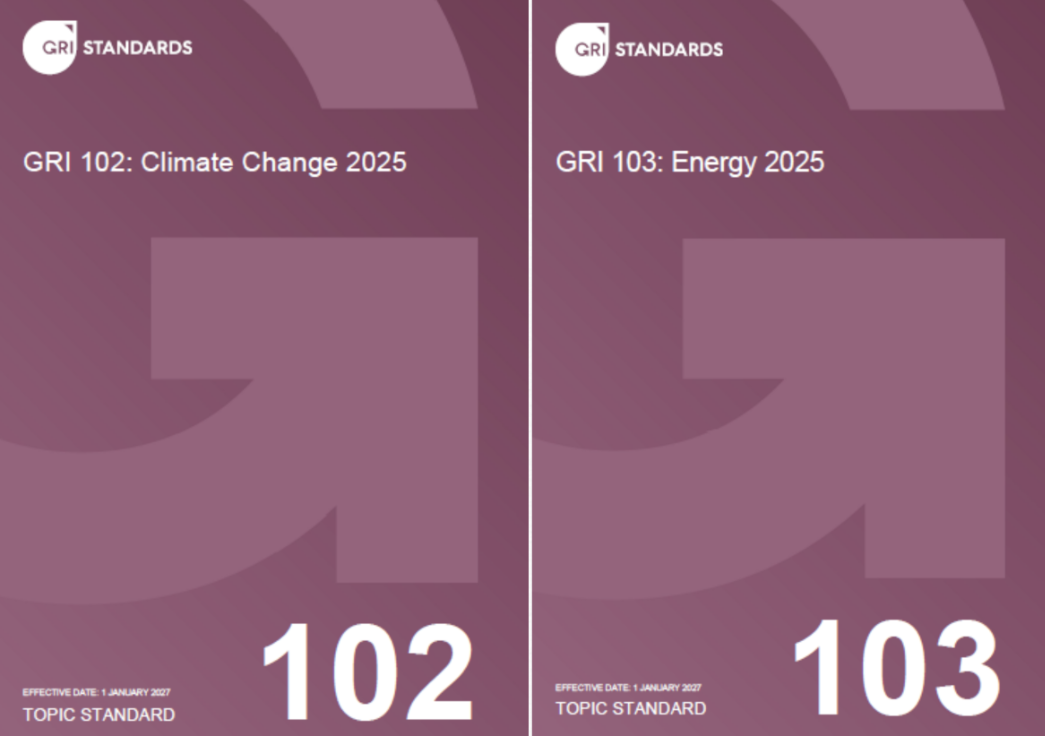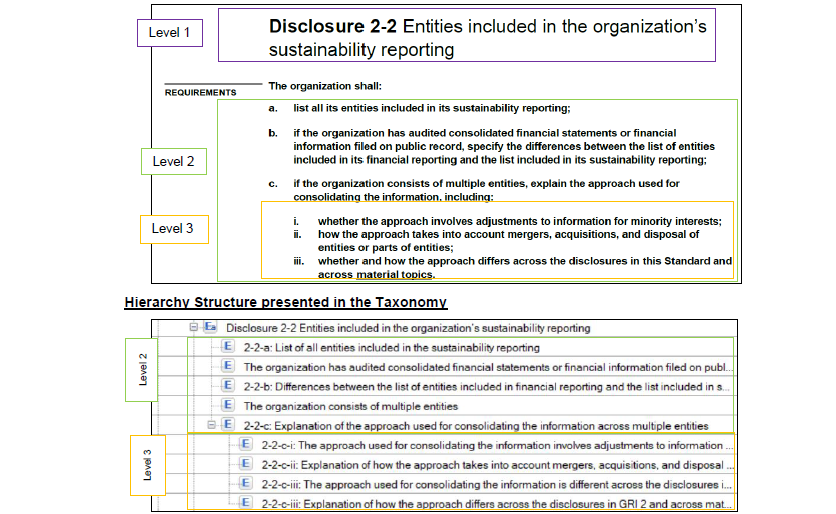Public Consultation Launched on GRI Sector Standard for Textiles and Apparel
GRI has published an exposure draft of a new Sector Standard for Textiles and Apparel, inviting public consultation. The draft aims to support organisations in reporting sector-specific impacts more consistently and in line with the GRI Standards.

The Global Reporting Initiative (GRI) has launched a public consultation on the exposure draft of the GRI Sector Standard for Textiles and Apparel. The proposed Standard applies to organisations engaged in textile, apparel, footwear, or jewellery manufacturing and retail activities. It is intended to support consistent and complete reporting on the sector’s most significant impacts on the economy, environment, and people, including on their human rights.
Sector Context and Key Challenges
The exposure draft points to the sector’s complex and fragmented global value chain as a key barrier to tracing the geographic origin of materials and products, which in turn limits accountability and transparency. Among the identified challenges are limited supply chain traceability and transparency, which hinder organisations’ ability to identify, manage, and report impacts such as hazardous chemical pollution, excessive working hours, gender-based discrimination, and other labour-related risks. Organisations operating across jurisdictions may encounter difficulties in aligning with diverse regulatory frameworks, underscoring the need for harmonised sustainability disclosures.
Likely Material Topics and Reporting Expectations
The draft Standard identifies eighteen topics that are likely to be material for organisations in this sector. These include climate change, biodiversity, water and effluents, hazardous chemicals, waste, materials and circular economy, rights of Indigenous Peoples, child labour, forced labour and modern slavery, freedom of association and collective bargaining, non-discrimination and gender equality, occupational health and safety, employment, remuneration and working time, procurement practices, anti-corruption, marketing and labelling, conflict-affected and high-risk areas, and supply chain traceability. Organisations are required to review each of the listed topics to determine whether they are material, using GRI 3: Material Topics 2021. If a topic is not material, they must explain this in the GRI content index.
Integration with the GRI Standards System
Organisations that report in accordance with the GRI Standards are expected to use the Sector Standard alongside the Universal Standards (GRI 1, GRI 2, and GRI 3) and any applicable Topic Standards. The Sector Standard for Textiles and Apparel is designed to assist organisations in determining their material topics by providing sector-specific context. Where appropriate, it directs reporting organisations to relevant disclosures in existing Topic Standards. If sector impacts are not adequately covered by the current Topic Standards, this Sector Standard introduces additional sector disclosures to address those gaps. This approach ensures that reporting remains comprehensive and aligned with the sector’s most significant impacts.
Environmental and Social Context
The Standard contextualises the sector’s environmental and social footprint, citing fast fashion and the linear “take-make-waste” model as major contributors to overproduction and overconsumption. Most garments are discarded shortly after purchase, with less than 1% of textiles recycled into new clothing. Synthetic fibres dominate production and contribute to greenhouse gas emissions and microplastic pollution. In jewellery, challenges relate to the sourcing of materials from conflict-affected and high-risk areas, affecting traceability and due diligence.
Connections to the Sustainable Development Goals (SDGs) and Stakeholder Input
The Standard outlines how the textiles and apparel sector can contribute to the 2030 Agenda for Sustainable Development by linking likely material topics to specific Sustainable Development Goals. These include, among others, SDG 6 (Clean Water and Sanitation), SDG 7 (Affordable and Clean Energy), SDG 8 (Decent Work and Economic Growth), SDG 12 (Responsible Consumption and Production), SDG 13 (Climate Action), and SDG 16 (Peace, Justice and Strong Institutions). Table 2 of the draft lists 18 likely material topics and maps each to the relevant SDGs.
Stakeholders are invited to provide feedback on the draft’s clarity, completeness, feasibility, and relevance. The public comment period is open until 28 September 2025, with finalisation of the Standard expected in Q2 2026.



